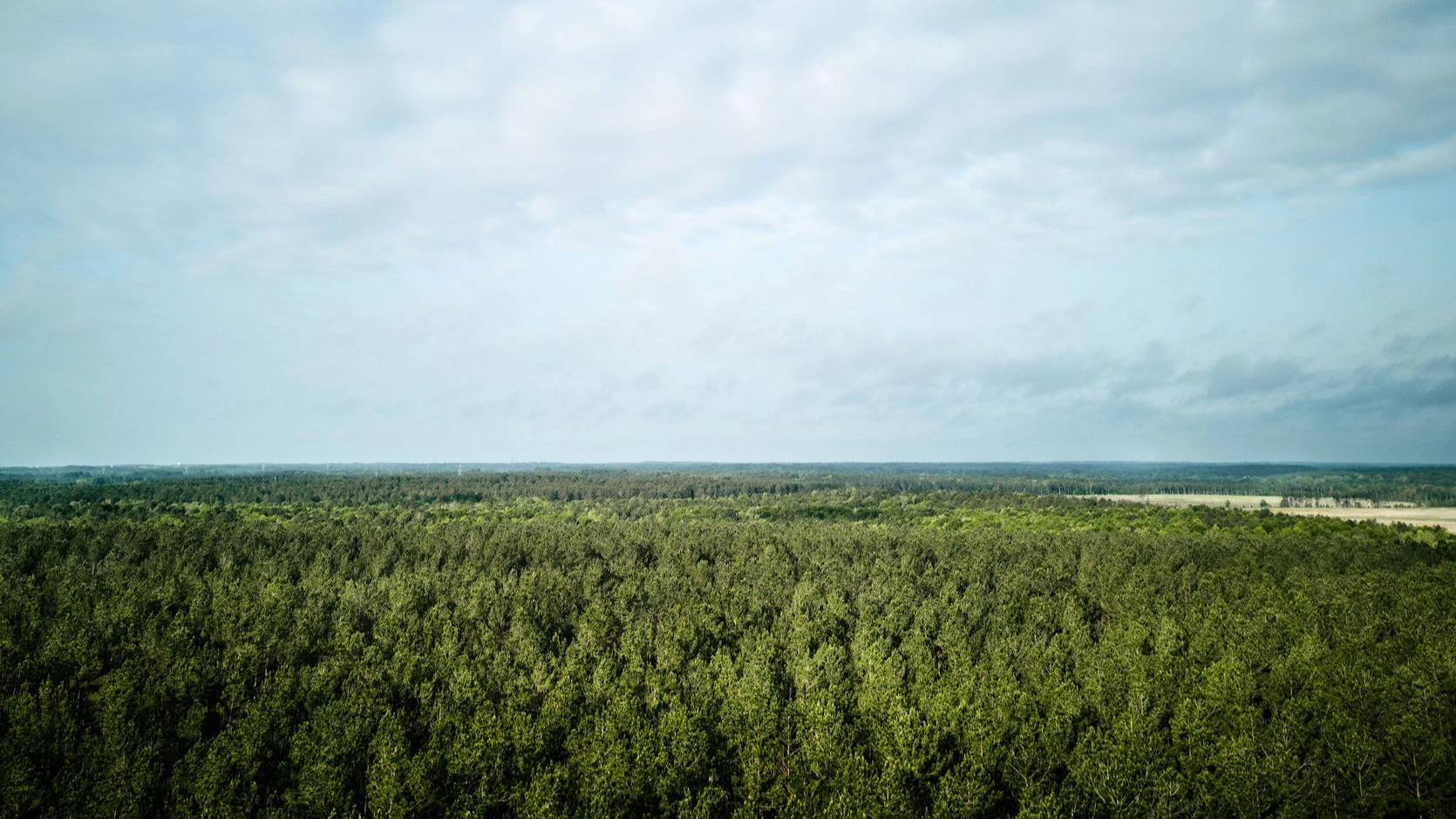
Environmental Stewardship
Environment
We manage our environmental footprint throughout the entire product life cycle, from sourcing raw materials to manufacturing, installation and final use. Our low-impact production processes and carbon-negative products position us as key stewards of natural resources and contributors to impactful climate solutions.
Managing Our Footprint
Environmental Stewardship
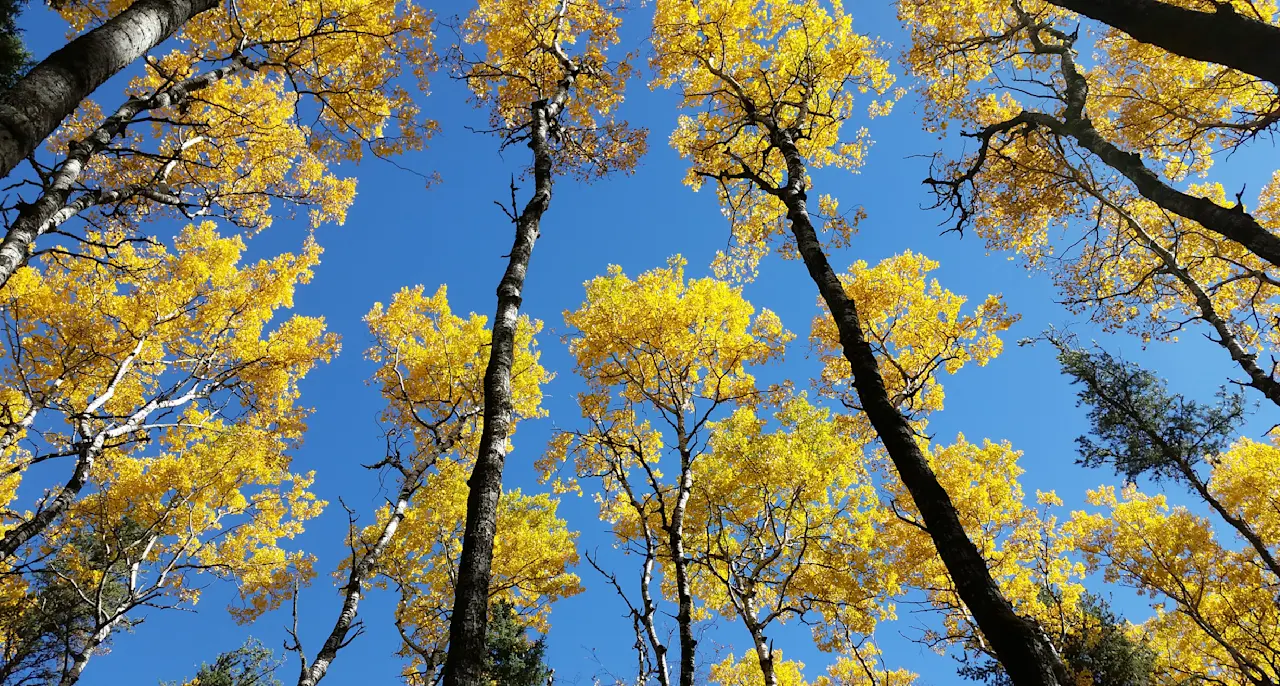
Environmental stewardship is a core value and shared responsibility at LP. Our Policy on Environmental Stewardship shapes our operations, supported by programs and processes aimed at helping minimize emissions, reducing waste and water use and enhancing biodiversity conservation. Through innovative, site-specific environmental management programs at all LP manufacturing facilities, we help reduce waste, promote clean air and water and continue producing high-quality, durable building products.

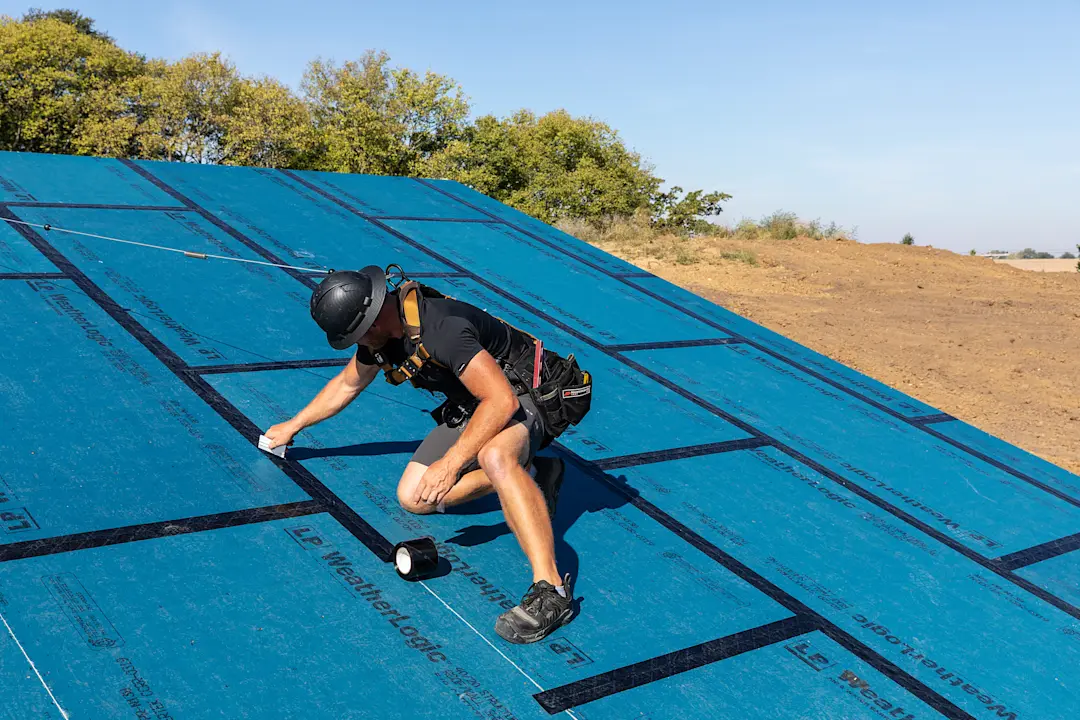
From Sourcing to Installation, Sustainability Is at the Core of Our Products
LP® products store more carbon than they emit over their lifetime. Predominantly derived from a naturally renewable resource, LP products provide builders with a durable alternative to nonrenewable, energy-intensive products.
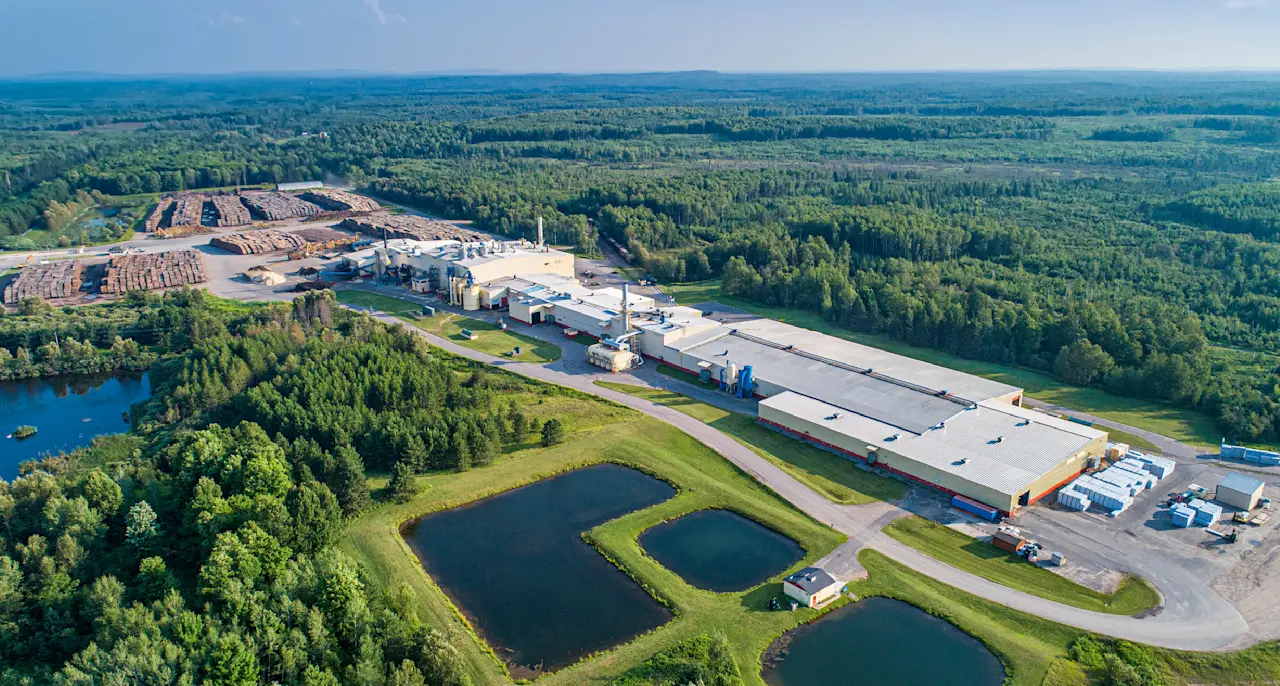
Environmental Performance
Sustainable Manufacturing

Our climate strategy goes beyond the products we make—it shapes how we make them. Guided by our purpose of Building a Better WorldTM, we prioritize both risk mitigation and proactive adaptation to address climate challenges.
We’re continually improving operations by investing in high-efficiency equipment to reduce energy use, increase reliability, and lower environmental impact. In 2024, approximately 77% of our global energy use came from renewable sources. Our waste reduction efforts start at the source—utilizing every part of the log, including bark and sawdust, which are repurposed as biomass fuel to power our mills.
Across LP facilities, we implement technologies to reduce non-GHG air emissions, conserve energy and minimize waste. Emissions control systems at all sites capture more than 99.9% of particulate matter, with most recovered material reused in production or converted to energy.
From Forests to Products
Sustainable Forestry
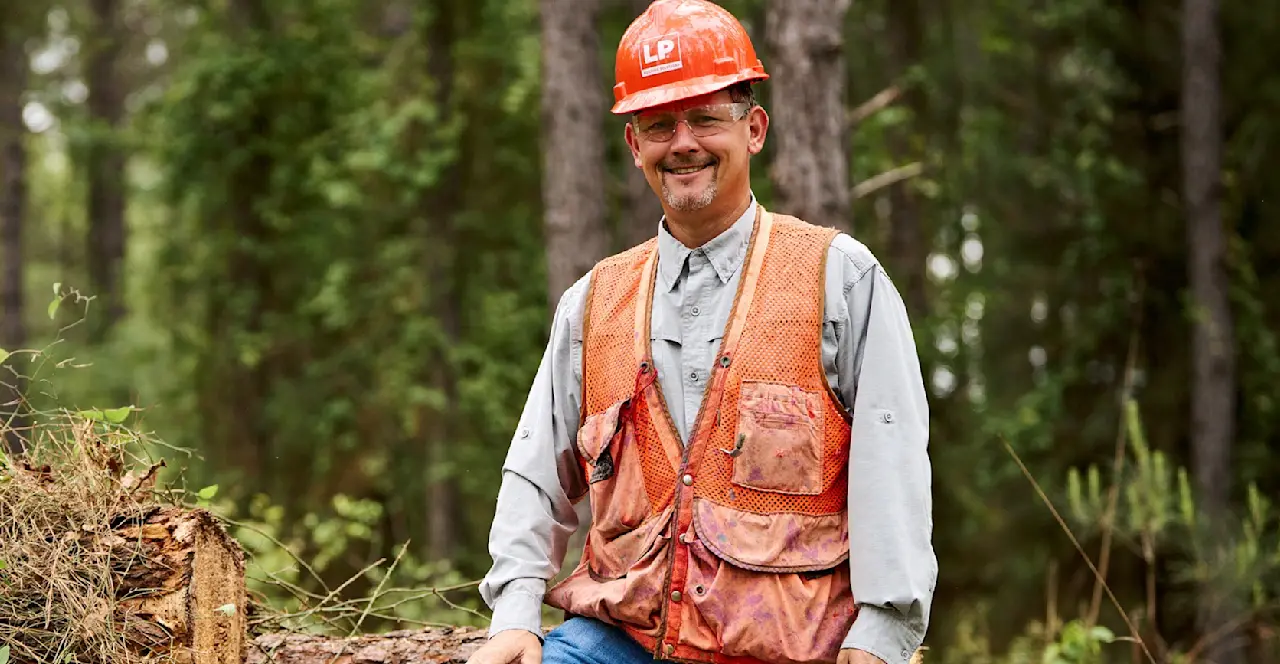
Responsible forest management is essential to the long-term health of forests, communities, landowners and our business. Our team of experienced forestry professionals ensures that our practices support healthy, productive working forests—now and for future generations. Their expertise informs how we harvest fiber, plant seedlings and encourage natural regeneration, helping to sustain both the forests we rely on and the business they support.
Guided by our Sustainable Fiber Sourcing Policy and longstanding certifications—including Sustainable Forestry Initiative® in North America and Programme for the Endorsement of Forest Certification in South America—we ensure 100% of our sourced wood fiber meets rigorous standards for best management practices, legal compliance and environmental stewardship. We actively engage with landowners, suppliers, customers, conservation groups and other stakeholders to uphold these values across our operations.
We do not own forestlands, except for small areas within our manufacturing sites where limited forest management occurs at some locations. In Canada, we manage certain public forestlands under provincial licenses. In the U.S., aside from those limited site areas, we do not directly manage forests but work closely with suppliers to promote best practices, including those set by Sustainable Forestry Initiative®.
Learn more about our sustainable forestry practices.

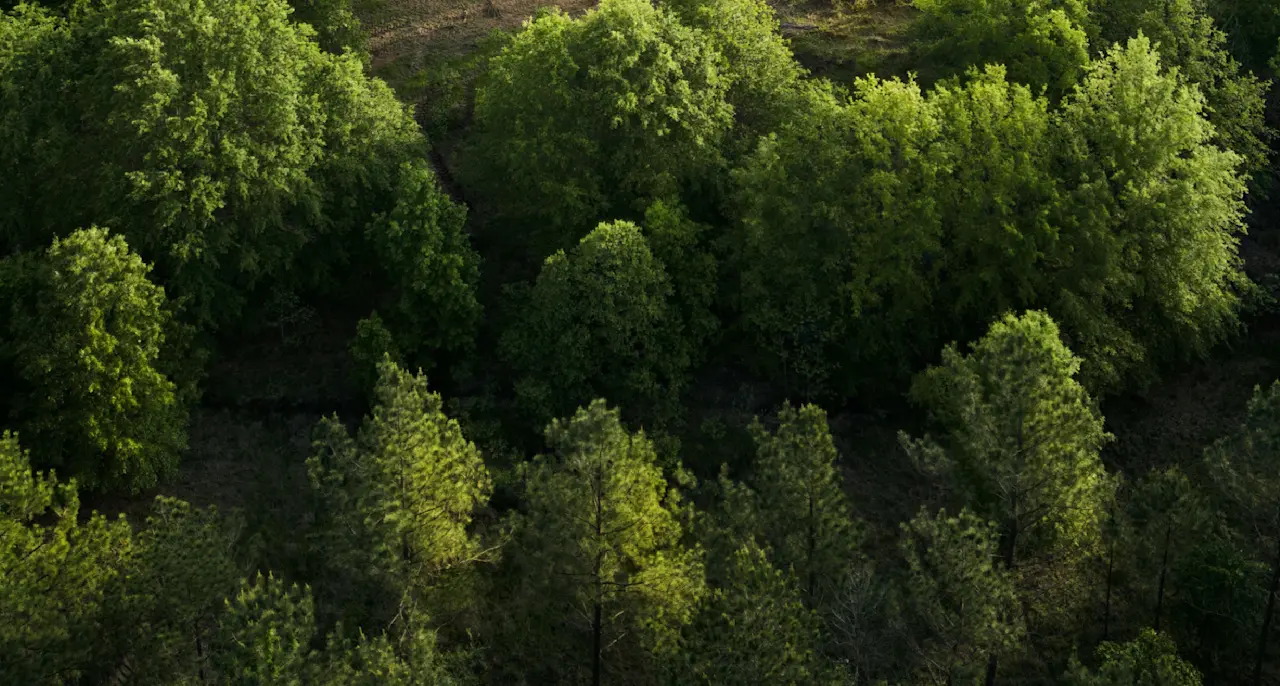
Biodiversity & Habitat Conservation
Conservation of Biological Diversity

Forests provide vital ecological benefits beyond timber, and we’re committed to protecting biodiversity through responsible harvest planning. We avoid areas of high conservation value and conduct biodiversity assessments before harvesting to help protect vulnerable species and maintain ecosystem balance. Our approach reflects a long-term commitment—not only to sustain forests, but to conserve the habitats and wildlife that rely on them for generations to come.
Certificates
Environmental Certifications
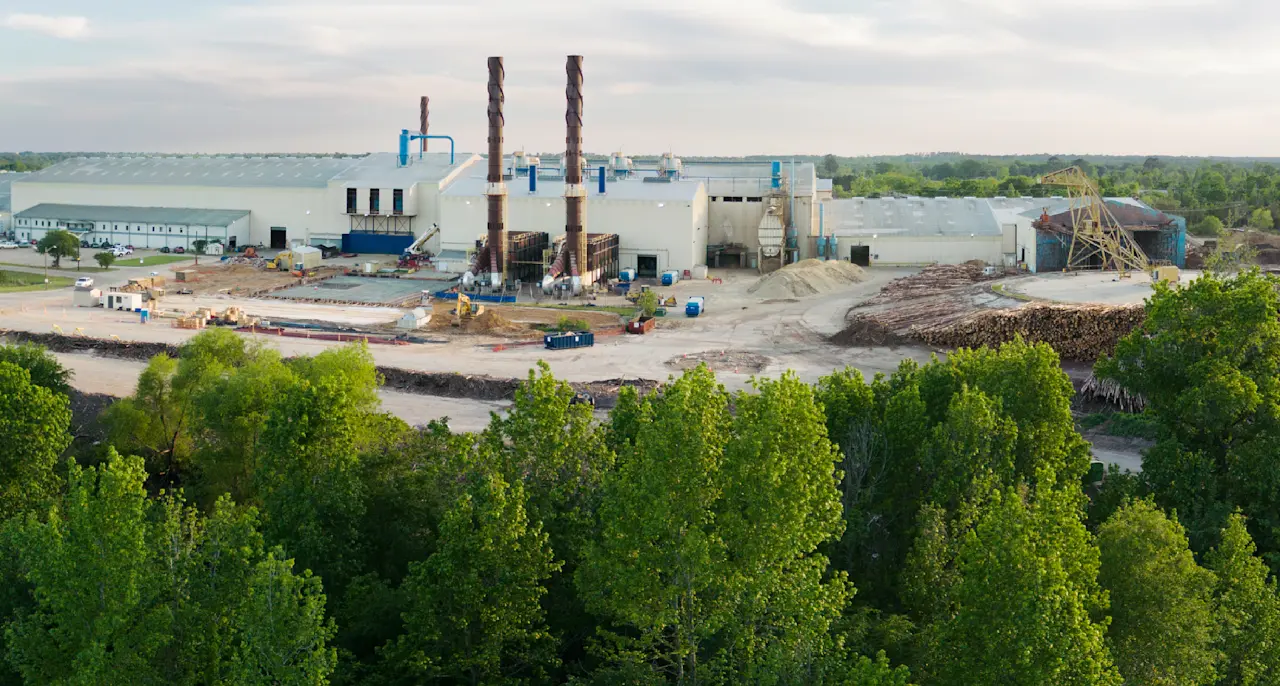
Sustainable Forestry Initiative and SFI are registered trademarks of the Sustainable Forestry Initiative, Inc.

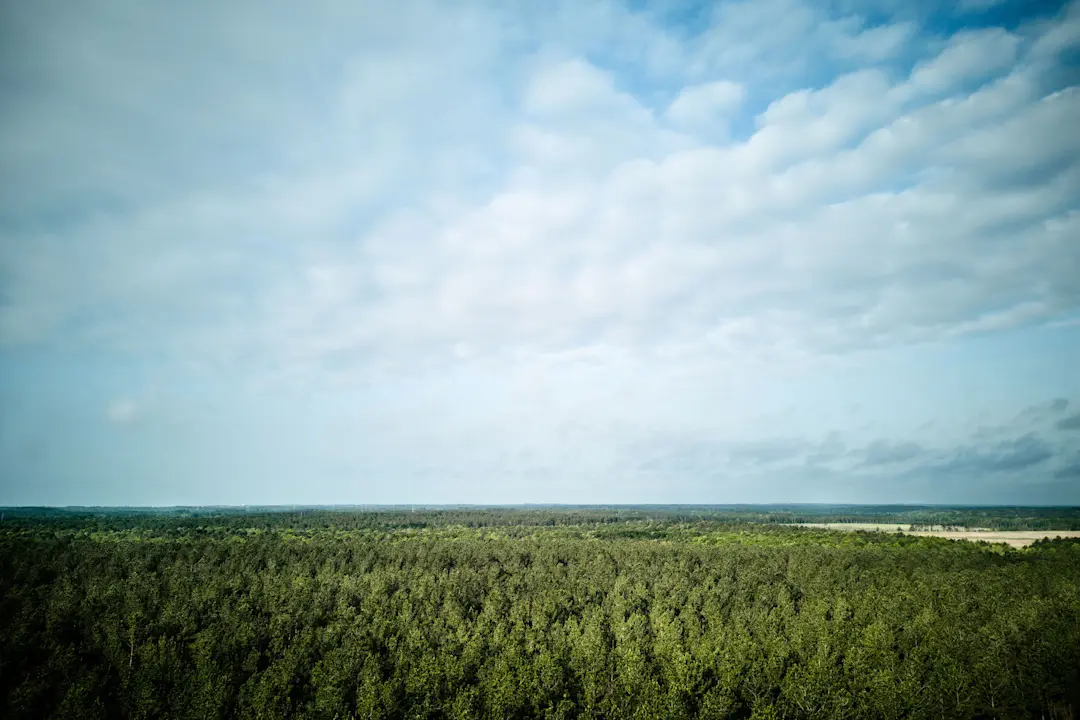
LP’s Pledge to Sustainable Forestry
We describe our responsible forest management, reforestation and biodiversity and habitat conservation practices in detail in our Sustainability Report.




